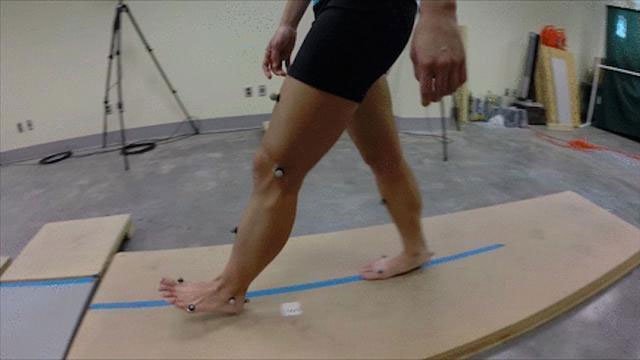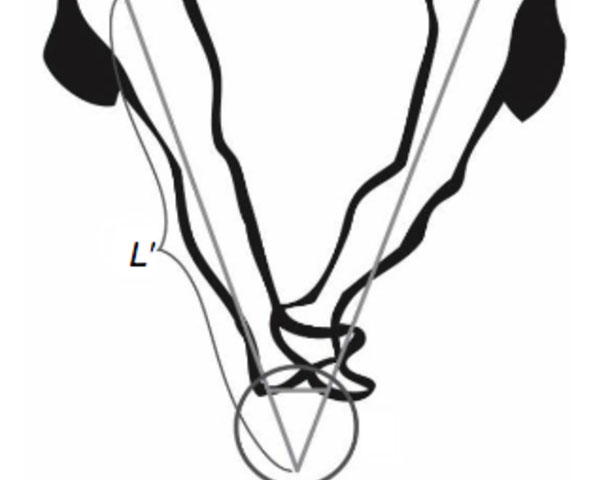Why do we walk with heels, not toes?
Walking has been an unconditional reflex for so long, but the importance of walking seems to be forgotten.
James Webber found that computer graphics work was not right for him. He began to run barefoot as a new passion. And then the moves that led him to the University of Arizona to study Anthropology.

People walk on the heel first, then toe.
Webber focuses on studying the human jogging mechanism. In recent research, he explored human walking mechanisms and discovered something interesting.
While other animals such as dogs and cats walk on the sole of their paws. Humans have a completely different way of walking, touching their heels first and then their toes.
The special thing is that barefoot runners often land on the soles of their feet. This type of landing will become weird when walking. Obviously the type of walking with the heel on the ground is quite special to humans.
According to Webber, humans are very effective walking creatures thanks to their long legs. In his research, he explained that walking with heels creates a "longer virtual foot".
As we walk, the body creates a shape that resembles an inverted pendulum. Every step, the center of gravity on the ground stretches across the length of the foot, from heel to toe, creating a virtual pinpoint point underground.
Webber explains that having a virtual point underground makes us have longer virtual legs . They conduct research on the travel of survey participants. One group walked normally, the other walked with their toes.

Walking with your toes moves slower and is harder than walking with your heels.
Results showed that those who walked on their feet moved slower and harder than the normal group walked on their heels. As the walking speed gradually increased, the group moved with their toes to run at a lower speed than the normal walking group. Obviously, walking with your toes is ineffective.
According to archaeological evidence in Latoli, Tanzania, people had a pattern of walking by putting their heels down 3.6 million years ago.
Over time, our feet get shorter. Webber thinks that is a sign that we are gradually turning to running to pursue our prey. If the foot is too long, running will consume a lot of energy and stress the foot bone. The strained feet create the advantage of faster running.
- Why do children often walk on the toes?
- High heels for men
- Why should women give up high heels?
- Why do men no longer wear high heels?
- Quiz you distinguish 3-to-no-finger toes anyone has
- British students showcase the design of high heels
- Funny history of high heels
- Look at the feet to guess the disease
- High heels - painful for beauty
- The forefinger is longer than the big toe and the end only 15% of the world's population suffers
- Girls have 14 toes
- Discovered giant dinosaur footprints in Scotland
 'Fine laughs' - Scary and painful torture in ancient times
'Fine laughs' - Scary and painful torture in ancient times The sequence of numbers 142857 of the Egyptian pyramids is known as the strangest number in the world - Why?
The sequence of numbers 142857 of the Egyptian pyramids is known as the strangest number in the world - Why? History of the iron
History of the iron What is alum?
What is alum?